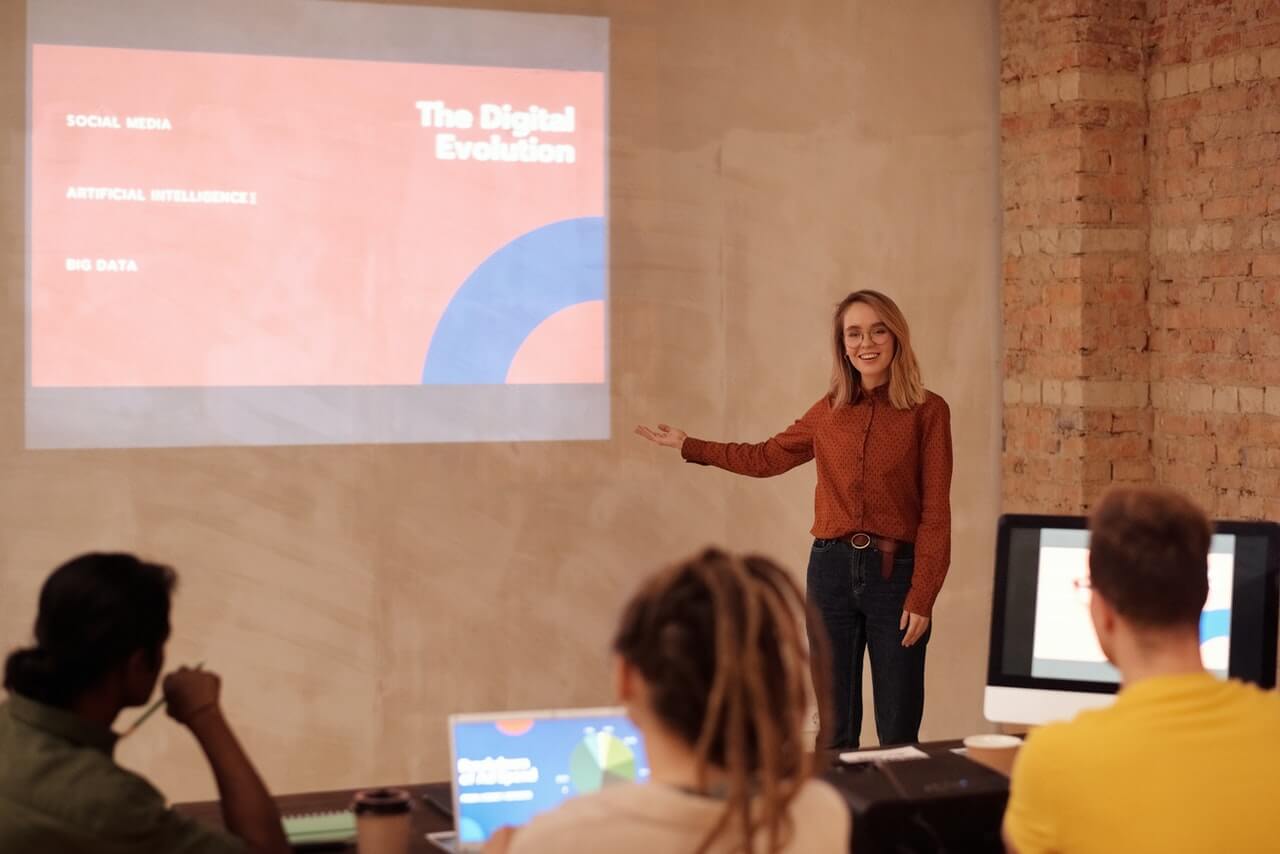7 Tips to Prepare for a Challenging Discussion
It might be a performance review, an interview, or an informal capability discussion. It could…
Our content is reader-supported. Things you buy through links on our site may earn us a commission
Never miss out on well-researched articles in your field of interest with our weekly newsletter.

Subscriber

It might be a performance review, an interview, or an informal capability discussion. It could…

A recent workshop discussion led to this question: what kind of communicator are you, really?…

Communication experts claim that as much as 93% of your communication depends on your delivery.…
You probably spend a great deal of your workday in meetings, phone conversations and face…

So you want your team to be better at presentation skills. You know it will…

We all want to approach conflict situations with clear, honest communication that leads to a…

Now that you have created your team presentation and prepared it thoroughly, it is “game…

Once your team presentation is developed, you will want to begin the process of preparing…

Are you responsible for leading your team to create and deliver presentations together? Whether it…

You've seen them. Perhaps you have created them. Bad slides.Too much detail, ugly backgrounds, tons…

How important is listening to your ability to be a better leader? A better team…
Not long ago I worked with an energetic, creative group who, while focusing on presentation…

This blog will be about various aspects of business communications, and will focus especially on…